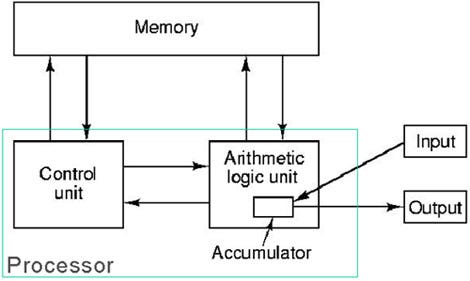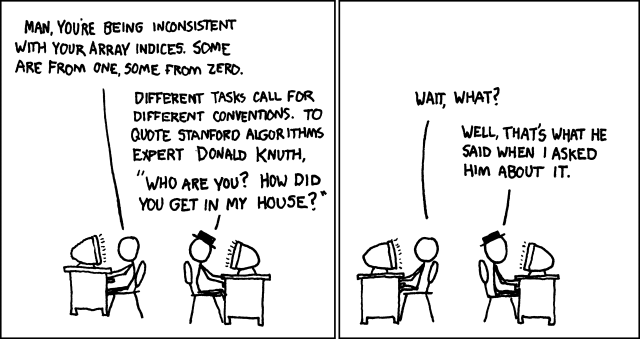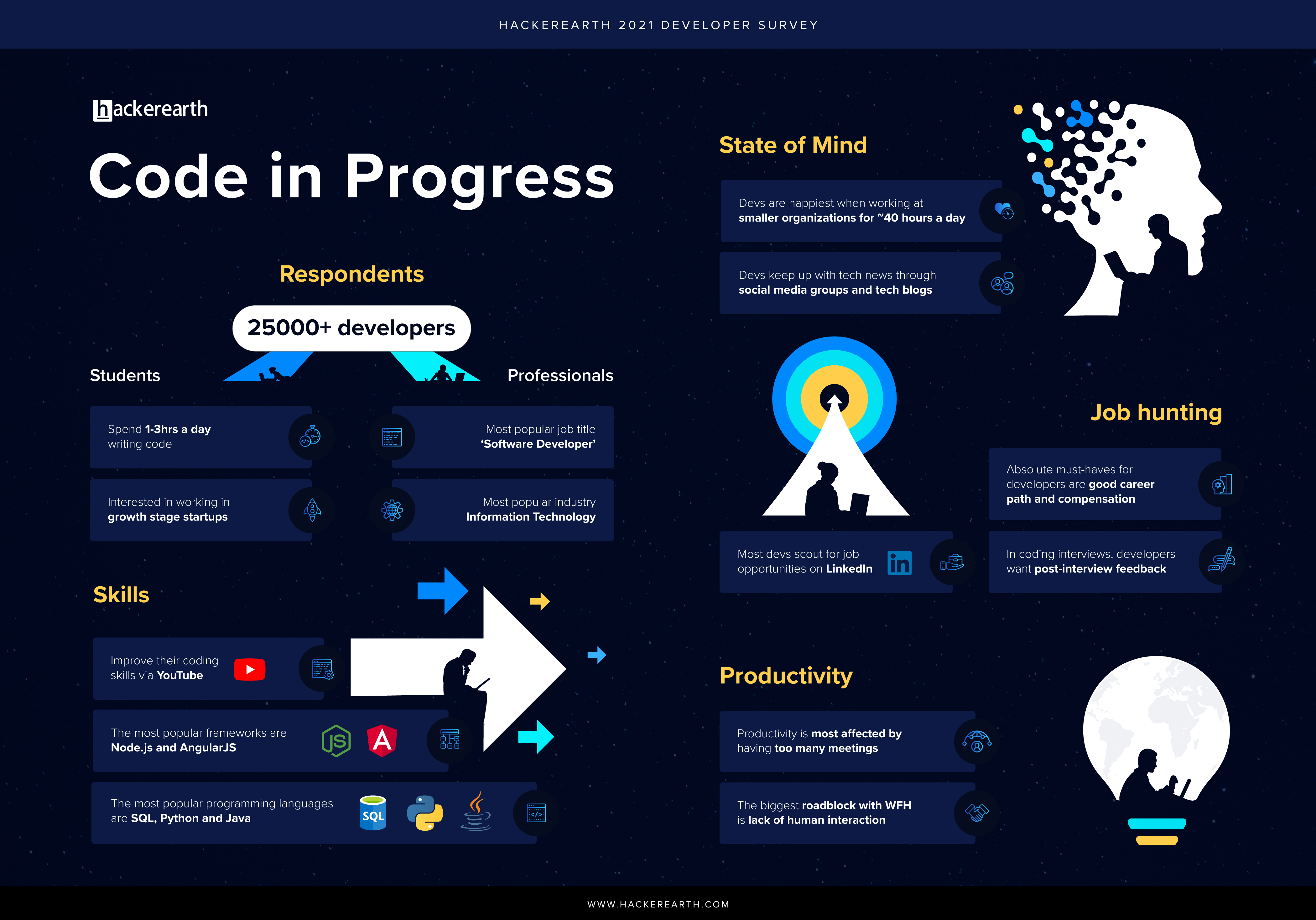It is said that "A man is defined by the work he does". If we are to go by this saying, then Dr. A. P. J. Abdul Kalam, ex President of India, has left us with a lot of remember him by.
Even at the age of 83, Dr. A. P. J. Abdul Kalam involved himself in some of the most important ballistics work in the country. The most note-worthy being his contributions to cardiac technology-a stent that made heart surgeries affordable. And this is not even considering the amount of time that he had spent in sharing his knowledge with the world and philanthropic work he had done.
Here’s a chronicle of the great man’s illustrious life, through his work -

What struck me when this image was made out, is that after his first tenures in ADE and DRDO, his major contributions came through the mantle of being a leader. And while his accolade for being India’s missile man is fully justified, we often forget that he was probably India’s best engineering manager.
An astute engineer
One must not only have a strong engineering foundation and subject expertise in the field of the project , but must also be a leader to be a good Engineering Manager.
In his early days, he was in a team that designed a light weight helicopter for the army. Apart from this, he also worked directly under Vikram Sarabhai, the founder of the Indian Space Research Organization, under whom he was a project director of the Rohini satellite program. While putting his engineering abilities to good use, he was also learning leadership from some of the best leaders in the world. In his own words, Kalam said,
A business statesman
Post his tenure as a scientist, Dr. Kalam started to take up more leadership and management roles. Since Rohini, some of Dr. Kalam’s greatest contributions have come through his leadership roles in PSLV and SLV III. From here on, he led the design and development of India’s most potent missiles - Agni and Prithvi. Cumulatively, Kalam would have easily managed billions of dollars and thousands talented scientists and engineers.
A lot of any managerial job involves mentorship, and Kalam possibility embodies the quintessential mentor. Even his last moments were spent, trying to impart his knowledge with students, whom he loved spending time with. In fact, post his tenure of Chief Scientific Advisor to the Prime Minister, he set himself a target of interacting with at least 100,000 students, so he could share his knowledge and inspire more young people to take up science and technology. Surely a lot of this would have rubbed off on his subordinates too.
A leader
In my opinion, every leader is different. In Dr. Kalam’s case, he was a rare blend of brilliance, determination, foresight and humility. To start with, he was a brilliant scientist, who earned his stripes with some of the brightest minds in the world. That is the foremost requirement for an engineering manager. This earns an intellectual’s respect.
Secondly, a leader is not worried about rolling up his sleeves and getting work done. Kalam was as hard working as anyone else, and there are many employee accounts of his tremendous work ethic.
Examples of foresight are abundant in his book India 2020, where he very clearly describes what India needs to do to become a world superpower -
The ultimate engineering manager
All the professional characteristics that Dr. Kalam possessed are all the necessary ingredients for an astute engineering manager. However it was Kalam’s demeanor which really set him apart. In a world where the powerful is often come across as arrogant and brash, here was a man, with unsurmountable achievements in his kitty, who was as humble and down to earth as anyone could be.
It seeped through in his style of leadership. Popular journalist Rajdeep Sardesai recounts an interesting experience with him -
The engineering manager is the custodians of the engineering culture in any organization, and with the engineering fraternity needs a Kalam Blueprint for engineering managers.
Even at the age of 83, Dr. A. P. J. Abdul Kalam involved himself in some of the most important ballistics work in the country. The most note-worthy being his contributions to cardiac technology-a stent that made heart surgeries affordable. And this is not even considering the amount of time that he had spent in sharing his knowledge with the world and philanthropic work he had done.
Here’s a chronicle of the great man’s illustrious life, through his work -

What struck me when this image was made out, is that after his first tenures in ADE and DRDO, his major contributions came through the mantle of being a leader. And while his accolade for being India’s missile man is fully justified, we often forget that he was probably India’s best engineering manager.
An astute engineer
"An engineering manager is someone who is entrusted with the job of synergising and aligning a team’s energies and talents to one common goal."
One must not only have a strong engineering foundation and subject expertise in the field of the project , but must also be a leader to be a good Engineering Manager.
In his early days, he was in a team that designed a light weight helicopter for the army. Apart from this, he also worked directly under Vikram Sarabhai, the founder of the Indian Space Research Organization, under whom he was a project director of the Rohini satellite program. While putting his engineering abilities to good use, he was also learning leadership from some of the best leaders in the world. In his own words, Kalam said,
“I learnt leadership from three great teachers—Dr. Vikram Sarabhai , Prof Satish Dhawan and Dr. Brahm Prakash. This was the time of learning and acquisition of knowledge for me.”
A business statesman
Post his tenure as a scientist, Dr. Kalam started to take up more leadership and management roles. Since Rohini, some of Dr. Kalam’s greatest contributions have come through his leadership roles in PSLV and SLV III. From here on, he led the design and development of India’s most potent missiles - Agni and Prithvi. Cumulatively, Kalam would have easily managed billions of dollars and thousands talented scientists and engineers.
A lot of any managerial job involves mentorship, and Kalam possibility embodies the quintessential mentor. Even his last moments were spent, trying to impart his knowledge with students, whom he loved spending time with. In fact, post his tenure of Chief Scientific Advisor to the Prime Minister, he set himself a target of interacting with at least 100,000 students, so he could share his knowledge and inspire more young people to take up science and technology. Surely a lot of this would have rubbed off on his subordinates too.
A leader
In my opinion, every leader is different. In Dr. Kalam’s case, he was a rare blend of brilliance, determination, foresight and humility. To start with, he was a brilliant scientist, who earned his stripes with some of the brightest minds in the world. That is the foremost requirement for an engineering manager. This earns an intellectual’s respect.
Secondly, a leader is not worried about rolling up his sleeves and getting work done. Kalam was as hard working as anyone else, and there are many employee accounts of his tremendous work ethic.
Examples of foresight are abundant in his book India 2020, where he very clearly describes what India needs to do to become a world superpower -
“I have identified five areas where India has a core competence for integrated action: (1) agriculture and food processing; (2) education and healthcare; (3) information and communication technology; (4) infrastructure, reliable and quality electric power, surface transport and infrastructure for all parts of the country; and (5) self-reliance in critical technologies. These five areas are closely inter-related and if advanced in a coordinated way, will lead to food, economic and national security.”
The ultimate engineering manager
All the professional characteristics that Dr. Kalam possessed are all the necessary ingredients for an astute engineering manager. However it was Kalam’s demeanor which really set him apart. In a world where the powerful is often come across as arrogant and brash, here was a man, with unsurmountable achievements in his kitty, who was as humble and down to earth as anyone could be.
It seeped through in his style of leadership. Popular journalist Rajdeep Sardesai recounts an interesting experience with him -
“In 2007, at the Ramnath Goenka journalism awards, I had the privilege of receiving the award from President Kalam. When a question and answer session followed the award ceremony, Kalam refused to sit in the front row. Instead, he came and sat cross-legged on the stage, asking us why we didn't focus more on science and technology in the news. It was a bizarre scene: pompous editors sitting on chairs while the easy-going president was on the stage floor asking us questions! This was quintessential Kalam: unconventional in style, be it his floppy silvery mane of hair, or inviting an audience to send him questions to his personal email: ‘please write to abdulkalam@apj.com, shall I repeat!’”
The engineering manager is the custodians of the engineering culture in any organization, and with the engineering fraternity needs a Kalam Blueprint for engineering managers.












































